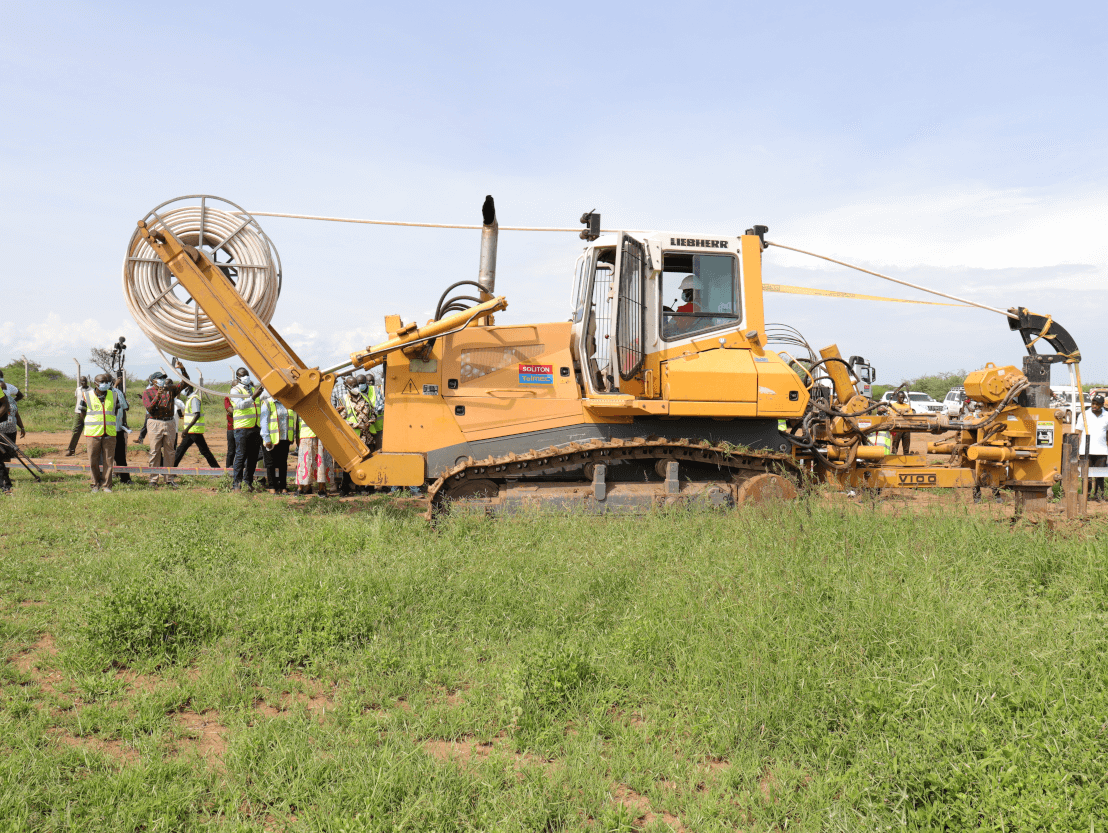Kenya’s Optic Fibre Spurs Socio-Economic Growth

As part of the National strategy to spur socio-economic growth in Kenya, through use of Information and Communications Technologies (ICTs), the government through the Ministry of Information, Communications & Technology scaled the building a National Optic Fibre Backbone Infrastructure - NOFBI.
The network purposed to povide affordable and quality broadband infrastructure, promote and facilitate open access to underserved areas for delivery of education public safety, and healthcare through enhanced Broadband Connectivity purposes to reduce costs for private sector to provide rural broadband coverage.
Geared to promote inclusion and indiscriminate right of access to Government services in conformance with the Constitution of Kenya, the rollout of NOFBI is further primed to meet the increased demand for accessible infrastructure to drive high volume data/internet services that are accessible across the country.
According to Joe Mucheru, NOFBI, which serves as a digital highway provides a secure ICT infrastructure for business applications and value added services. The continued building of the infrastructure has increased traffic volume of international to Kenyan Neighbors, lowered Internet service costs and improve internet speeds.So far, availability of Government E-Services (Operational Huduma Centres) along the development corridor (with the installation of Optic Fibre Cable the North Western part of Kenya, adds Dr. Kipronoh Ronoh will continue to have access to better connectivity as well as increased employment and income generation in ICT sector.
Kenya currently boasts of being one of the most connected countries on the Eastern Coast of Africa. There are six submarine cables and 9000 Km of Backbone, Metro and last mile connectivity through the NOFBI Project that cut across the country as well as various Private sector connectivity.
The project was implemented in phases according to Thomas Odhiambo, Ag. Deputy Director, Strategy & Programme, ICT who recalled that between 2005 and 2008 a total 4,300 Kms of NOFBI Phase1 comprising of a 24 core Fibre cable across the country was built. It covered all Kenya's provincial Headquarters (as they were then known) and six (6) key border towns in Kenya was laid.
Between 2014 and 2017 an additional 2,100KM of NOFBI Phase 2 comprising 24 core cable was laid connecting all the 47 county Headquarters and closing some of the gaps in NOFBI Phase1.
Starting December 2017 to date the NOFBI Phase 2 Expansion project comprising of an additional 2,500KM of 24/48 cores covering 290 sub county Headquarters and leveraging on the previous phases while strengthening them where there are gaps is under implementation.
The network has a design capacity of 40Gbps that serves the whole government and private sector with a total of 1650 institutions connected to the government network.
Â